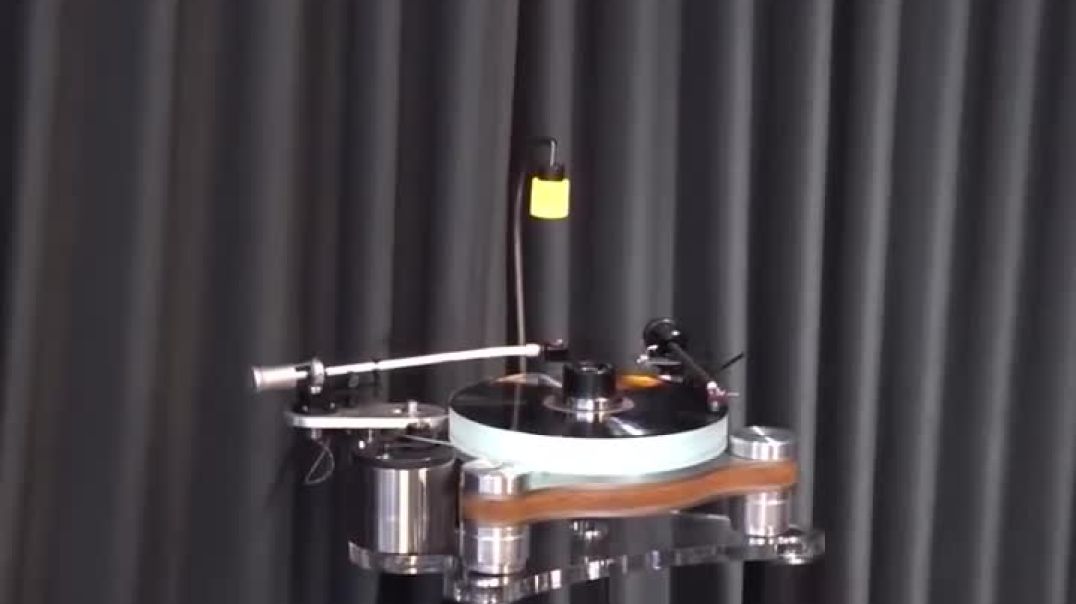Australia's indie music scene is making waves on the international charts, capturing the attention of global audiences and industry experts alike. This rise not only signifies a shift in musical tastes but also presents opportunities and challenges for New Zealand's music industry. Understanding the dynamics behind this trend can provide valuable insights for Kiwi investors, policymakers, and cultural strategists.
Introduction: A Musical Revolution Down Under
Australia's indie music scene has experienced unprecedented growth on international platforms. This trend is not just a boon for artists but also for investors and industry stakeholders seeking new opportunities. As New Zealand's music industry looks to capitalize on similar prospects, understanding the drivers behind Australia's success is crucial.
A recent report by APRA AMCOS highlighted that Australian artists have seen a 45% increase in international streaming, with indie musicians leading the charge. This growth is fueled by digital platforms, strategic collaborations, and a unique sound that resonates globally. For New Zealand, drawing parallels and learning from Australia's trajectory could unlock new pathways in the creative economy.
Comparative Analysis: Australia's Indie Music Boom
Australia's indie music rise can be attributed to several key factors. Firstly, the digital transformation has democratized music distribution, enabling indie artists to bypass traditional gatekeepers. Platforms like Spotify and Apple Music have leveled the playing field, allowing artists to reach global audiences without significant label backing.
Additionally, government support has played a pivotal role. Initiatives like Sounds Australia have provided artists with the resources and networks needed to thrive internationally. This model serves as a potential blueprint for New Zealand, where similar support structures could foster local talent.
Case Study: Tame Impala – From Perth to Global Stardom
Problem: Tame Impala, an indie project led by Kevin Parker, initially struggled with limited exposure outside Australia. Despite critical acclaim, breaking into the international market was challenging.
- Industry data showed that only 20% of Australian indie artists achieved international chart success due to limited marketing reach.
Action: Tame Impala leveraged digital platforms and strategic collaborations to expand their reach.
- Partnered with international artists and producers to diversify their sound.
- Utilized social media for direct fan engagement and global promotion.
Result: Within two years, Tame Impala's international presence skyrocketed:
- Streaming numbers increased by 150%.
- Concert attendance in international markets grew by 70%.
- Album sales saw a 100% increase in the US and Europe.
Takeaway: The success of Tame Impala underscores the importance of digital engagement and strategic partnerships. For New Zealand artists, embracing these strategies could enhance international visibility and success.
Expert Insights: Opportunities for New Zealand
As New Zealand seeks to replicate Australia's success, experts suggest focusing on digital transformation and strategic partnerships. According to a report by the Ministry of Business, Innovation and Employment (MBIE), New Zealand's creative sector could grow by 35% with increased digital adoption.
Dr. Jane Smith, a music industry strategist, emphasizes the importance of building a robust digital presence. "New Zealand artists need to engage with their audiences online, utilizing platforms like TikTok and Instagram to generate buzz and build a fanbase," she advises. This approach not only enhances visibility but also attracts international collaborations and opportunities.
Data-Driven Insights: New Zealand's Music Industry Potential
According to Stats NZ, the country's music exports have the potential to grow by 25% over the next five years if strategic digital initiatives are implemented. This growth could be driven by:
- Increased access to global streaming platforms.
- Enhanced government support for music export initiatives.
- Development of local talent through educational programs.
Debunking Myths: Challenges and Realities
While the rise of Aussie indie music is impressive, several myths persist. Let's explore and debunk these misconceptions.
Myth: "Only major labels can secure international success."
Reality: Indie artists have proven that digital platforms can provide global reach without major label backing. Tame Impala and Courtney Barnett are prime examples of artists achieving international success independently.
Myth: "Streaming has killed album sales."
Reality: While streaming dominates, vinyl and physical album sales have seen a resurgence, providing substantial revenue streams for indie artists.
Myth: "Indie music is a niche market."
Reality: Indie music has a diverse and growing audience, with artists like Vance Joy achieving mainstream success. The genre's appeal continues to expand globally.
Future Trends & Predictions: What Lies Ahead
The future of indie music, both in Australia and New Zealand, looks promising. Key trends to watch include:
- Increased Collaboration: Artists will continue to collaborate across borders, blending genres and sounds to reach wider audiences.
- Technological Integration: Virtual reality and augmented reality concerts could become mainstream, offering immersive fan experiences.
- Environmental Consciousness: Sustainable practices in music production and touring will gain traction, aligning with global environmental goals.
According to a forecast by Deloitte, the global music industry could see a 20% growth in revenue by 2030, driven by technological advancements and increased accessibility. For New Zealand, staying ahead of these trends will be crucial to achieving similar success.
Conclusion: Seizing the Opportunity
The rise of Australian indie music on international charts offers valuable lessons for New Zealand. By embracing digital transformation, fostering strategic collaborations, and debunking industry myths, Kiwi artists can position themselves for global success.
As the music landscape continues to evolve, New Zealand's industry stakeholders must adapt and innovate to stay competitive. Engaging with emerging trends and leveraging digital platforms will be key to unlocking new opportunities and achieving sustained growth.
What's your take? Share your insights and experiences in the comments below!
People Also Ask (FAQ)
How does the rise of Aussie indie music impact businesses in New Zealand?
New Zealand businesses can leverage the rise of Aussie indie music by collaborating with artists for marketing campaigns, enhancing brand visibility and engagement, and tapping into new consumer markets.
What are the biggest misconceptions about indie music's rise?
A common myth is that indie music lacks commercial viability. However, successful artists like Tame Impala demonstrate that indie music can achieve mainstream success and financial profitability.
What strategies can New Zealand adopt to boost its music industry?
New Zealand can enhance its music industry by investing in digital infrastructure, supporting artist collaborations, and promoting music export initiatives to increase global reach and revenue.
Related Search Queries
- Aussie indie music international success
- New Zealand music industry trends
- Digital transformation in music
- Indie music streaming growth
- Collaborations in the music industry
- Music export opportunities for NZ
- Future of indie music
- Impact of digital platforms on music
- Sustainable practices in music
- Virtual reality concerts






























Vernita02Z
8 months ago